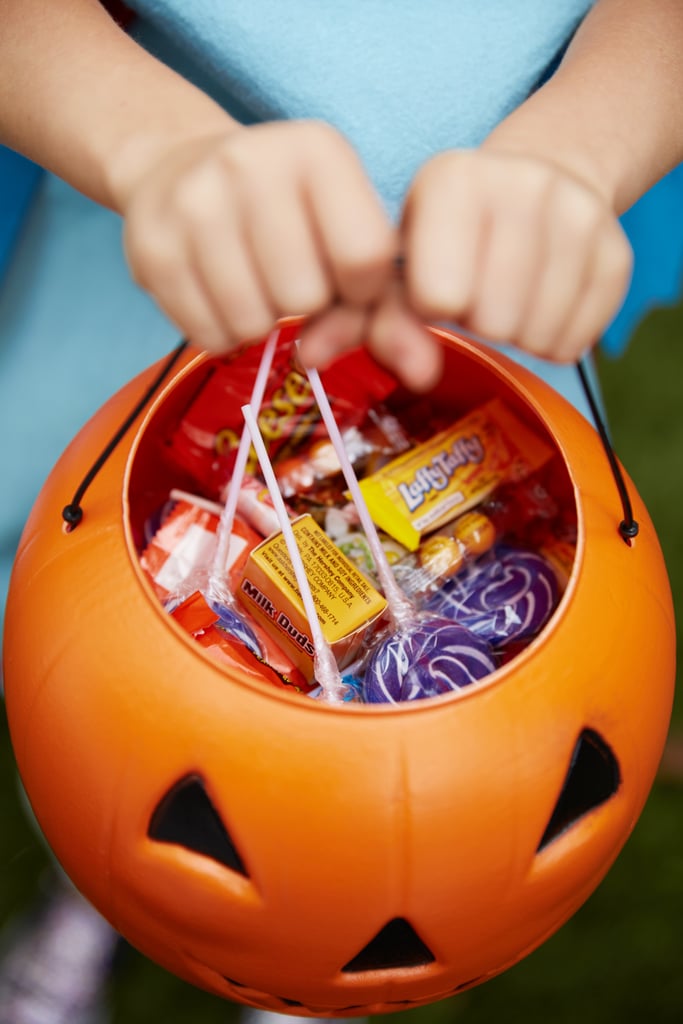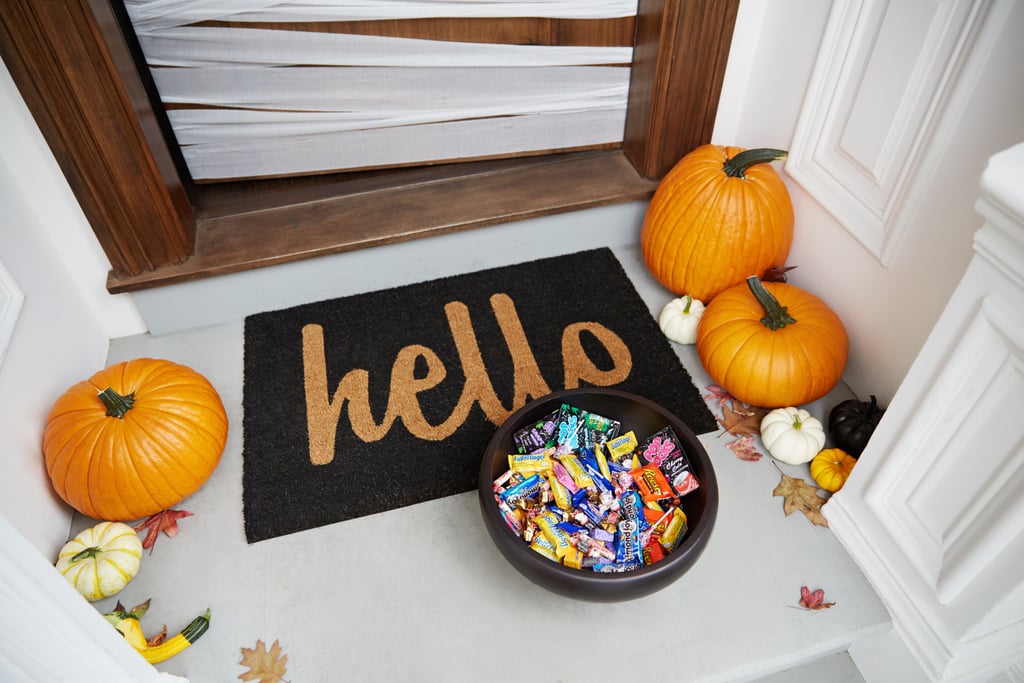The dreaded posthaul candy dump [1] . . . it's the thing parents least look forward to on Nov. 1. Toddler negotiations reach an all-time high, and clever teens know to hide their stash before their parents can do inventory. While one of the most fun aspects of Halloween [2] is the trick-or-treating, the aftermath — the candy sorting — is always a sore subject for families. The kids want to eat it all, and the parents, of course, want the opposite.
We reached out to registered dietitian Jillian Kubala, MS, RD, to find out whether parents should cave to the holiday pressure or stick to their guns. The biggest thing she had to say is to just remind everyone that Halloween — and Halloween candy — is about fun. "It's important for children to develop a healthy relationship with all foods and to learn that an occasional treat is perfectly fine," Kubala said. That said, read on to learn about the "worst offenders."
It's about portions.
There's no "healthy" candy — the whole point of candy is the sugar and sweetness. "Candy should be treated as a dessert (not a snack) and should be given in small portions," Kubala said. To control this, keep the candy out of plain sight. "When kids get home with their candy haul, let them enjoy a piece or two and then keep candy out of sight (like in a pantry) and only dole out a piece or two as a treat when your child asks."
Should anything be avoided?
Candy is candy — it's made of sugar and little else. That said, not all candy is the same. "Candies that contain artificial flavorings, high fructose corn syrup, preservatives, and colorings are perhaps the worst choice," Kubala said. "Candies that are small in size like Skittles, Sour Patch Kids, M&M's, or candy corn tend to be overeaten quickly, which can lead to an excessive amount of sugar and calories being consumed."
How much is too much?
Babies: It goes without saying that this completely depends upon your child's age. Safety is more important than anything else. "It's never safe to give a baby anything that could potentially turn into a choking hazard, such as sticky or gummy candies like jelly beans or hard candies like peppermints," Kubala advised. If you're not sure, you can always check with your pediatrician.
Toddlers: Again, anything that can become a choking hazard should be avoided. Here's what Kubala suggested: "Candies that melt in the mouth such as chocolate are appropriate for toddlers. Small children should only be given very small amounts of any candy. Remember, this is the time that children begin to develop their taste for certain foods, so avoiding overly sweet offerings is a good idea."
Teens and tweens: Here's what Kubala suggested: "As your child grows, it becomes harder to control their food choices being that they are out of the house frequently. Whenever possible, limit tweens' and teens' intake of any sugary food (including candy) and teach them about healthy food choices. Make them understand that candy should be an occasional treat, not an everyday snack. Be a role model by following a healthy diet yet showing them that it's OK to enjoy an occasional treat. This will help them feel comfortable around all foods and hopefully set them up on the right path towards following a well-balanced diet as an adult."


